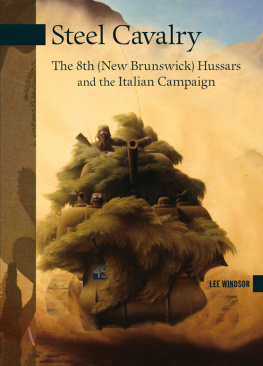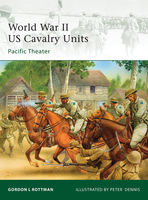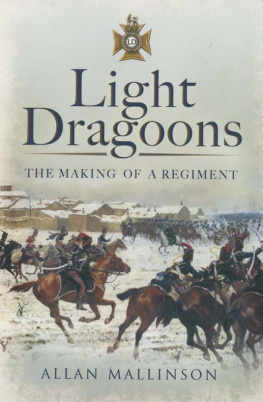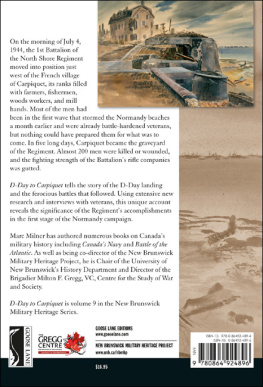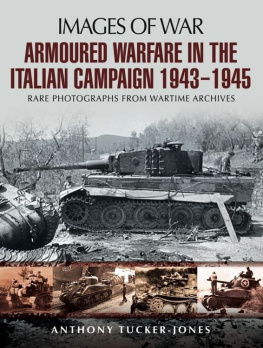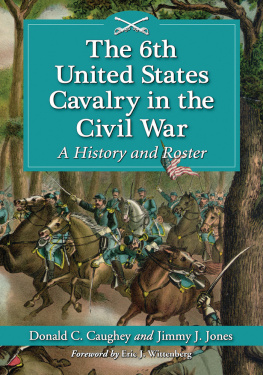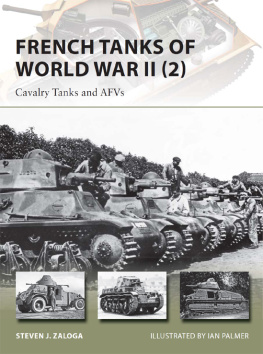
Steel Cavalry
THE 8TH (NEW BRUNSWICK) HUSSARS AND THE ITALIAN CAMPAIGN
Lee Windsor
GOOSE LANE EDITIONS and
THE NEW BRUNSWICK MILITARY HERITAGE PROJECT
The New Brunswick Military Heritage Series, Volume 18
Copyright 2011 by Lee Windsor.
All rights reserved. No part of this work may be reproduced or used in any form or by any means, electronic or mechanical, including photocopying, recording, or any retrieval system, without the prior written permission of the publisher or a licence from the Canadian Copyright Licensing Agency (Access Copyright). To contact Access Copyright, visit www.accesscopyright.ca or call 1-800-893-5777.
Edited by Brent Wilson and Barry Norris.
Front cover illustration Tank Advance, Italy by Lawren P. Harris used by permission of the Canadian War Museum.
Back cover illustration Coriano Ridge Under Bombardment by George Campbell Timming used by permission of the Canadian War Museum (19710261-5447).
Cover design by Jaye Haworth.
Book design by Julie Scriver.
Printed in Canada
10 9 8 7 6 5 4 3 2 1
Library and Archives Canada Cataloguing in Publication
Windsor, Lee A., 1971-
Steel Cavalry: the 8th (New Brunswick) Hussars and the Italian Campaign / Lee Windsor.
(New Brunswick military heritage series; 18)
Includes bibliographical references and index.
Electronic monograph in EPUB format.
ISBN 978-0-86492-709-5
1. Canada. Canadian Army. Canadian Hussars, 8th (Princess Louises). 2. Canada. Canadian Army. Canadian Hussars, 8th (Princess Louises) History. 3. World War, 1939-1945 Regimental histories Canada. 4. World War, 1939-1945 Campaigns Italy. 5. World War, 1939-1945 Tank warfare. I. Title. II. Series: New Brunswick military heritage series; 18
D768.153.W56 2011 940.541271 C2011-901726-1
Goose Lane Editions acknowledges the financial support of the Canada Council for the Arts, the government of Canada through the Canada Book Fund (CBF), and the government of New Brunswick through the Department of Wellness, Culture and Sport.
Goose Lane Editions Suite 330, 500 Beaverbrook Court Fredericton, New Brunswick CANADA E3B 5X4 www.gooselane.com | New Brunswick Military Heritage Project The Brigadier Milton F. Gregg, VC Centre for the Study of War and Society University of New Brunswick PO Box 4400 Fredericton, New Brunswick Canada E3B 5A3 www.unb.ca/nbmhp |
For the 8th Hussars,
who crewed their steel horses to the end.
They rest, waiting for you to visit
their splendid gardens across Italy.
&
For Major H.R.S. Tim Ellis, D.S.O.
His deeds and memories fill these pages.
His long and full life ended days
after the last was written.
Contents
Building a Cavalry Regiment
1939: Learning to Ride Steel Steeds
Italy: The Big Con
The Liri Valley: First Gallop, First Blood
To the Gothic Line
Reckoning at Coriano
Princess Louise
Introduction
The word arrived just after midnight on August 26, 1939. It reached Lieutenant-Colonel Keltie Kennedy in a Saint John, New Brunswick, hospital room, where he was recovering from surgery for the lingering effects of wounds received fighting the Germans in the Great War. In the twenty years since coming home to Hampton, NB, he had served in the Canadian Active Militia, the last five as commanding officer of the 8th Princess Louises (New Brunswick) Hussars. For more than a century, Kennedys regiment had built the spirit and substance of a mobile force of cavalry whose purpose was to serve Canada in time of crisis. Now, dark war clouds were gathering over Europe for the second time in a generation.
The message was a historic summons: the Hussars from southern New Brunswick were to muster immediately for emergency guard duty. Kennedy commandeered a hospital telephone and turned the place into a command post to assemble the regiment. Days later, Germany invaded Poland with masses of tanks, the new metal machines of war. Ten days after that, Canada declared war. If Canada and the world were to stop German aggression, they too needed a force of modern tanks and the skill to employ them. In the coming years, as factories in the Western democracies turned out these new machines of modern war, the New Brunswick Hussars tradition of a horsed cavalry mobile force would turn to steel.
The introduction of the tank changed the face of war. Improvements to internal combustion engines, radios, and weapons made the tank the centrepiece of a technologically advanced mode of waging war. Germany prepared for that new age of mechanized warfare for years as Hitlers regime planned an aggressive war of conquest. In Canada, as in the other democracies, the Great Depression and searing memories of the losses in the Great War had dampened any appetite for building armies and machines of war. Now, with the outbreak of hostilities, there was a rush to create armed forces to match Germanys military power. The 8th Hussars were part of Canadas contribution to the international call to arms to stop Nazi Germany, but forming modern armies would take time.
Five years and five days after Keltie Kennedy called out the regiment, its squadrons marshalled behind the Foglia River in northern Italy. The sabres and spurs worn a short decade before had become ornamental: now, the Hussars checked radio frequencies and engine oil temperature, and removed muzzle covers from their 75-mm main guns. Before them lay a great belt of German defences collectively known as the Gothic Line. The regiments steel cavalry squadrons were not assembled alone for a massed tank charge years of Allied experimentation and the Hussars own six months of combat experience near Monte Cassino had taught them otherwise. Instead, each of three fighting or sabre squadrons formed a critical part of three combat teams consisting of infantry, field engineers, and artillerymen from across Canada. They had all learned to harmonize their respective abilities and actions as part of the 5th Canadian Armoured Division team and, though no one yet realized it, they had become one of the best armoured divisions in the world. Their reputation was about to be forged in the fiercest and bloodiest two weeks in the regiments history. From August 30 to September 14, 1944, the 8th Hussars and the rest of their division attacked deep into the Gothic Line defences and defeated two of the best divisions in the German Army. The Hussars wrecked enemy forces in Italy so badly that they could not escape to interfere with the great Allied drive from the Normandy bridgehead to the German border.
The Hussars epic two-week struggle ended at the town of Coriano, atop a ridge of the same name that forms the eastern extension of the mighty Northern Apennines range and that marks the ancient boundary between central Italy and the plains of the Emilia-Romagna region of the Po River valley. The Hussars were thus just a few miles short of Caesars Rubicon. At the tip of Coriano Ridge lies a large Commonwealth War Graves Cemetery with the graves of 1,939 men. Close by are three more Commonwealth cemeteries, with 578 graves at Montecchio, 1,191 at Gradara, and 618 below San Marino. Combined, they hold more than the massive Commonwealth cemetery at the foot of the infamous Monte Cassino. The numbers indicate the savage intensity of the unknown battles for the Gothic Line and Coriano. Among the dead are twenty-nine New Brunswick Hussars. The regiment suffered more casualties in those two weeks than in all its other battles of the war combined. It was at Coriano that the mechanics who kept the Hussars steel horses running rescued a young, injured foal whose mother had been killed in the battle. The foal grew, like the reputation of the regiment, into a grand horse named Princess Louise. The Hussars who survived Coriano took Princess Louise with them through the last hard winter of war in northern Italy and the spring of liberation in the Netherlands in 1945. Their deeds and honours won were many, but most would tell you that the 8th (New Brunswick) Hussars earned their spurs on the ridge at Coriano.
Next page
